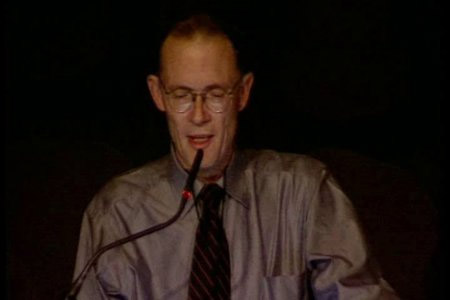William Gibson
Gibson began his literary career in 1977 with the publication of his first short story in the magazine Unearth. Burning Chrome brings together most of these early narratives, including the story ‘Johnny Mnemonic', which was the basis for the film of the same name and the first to be set in the world of Neuromancer. The publication of Neuromancer in 1985 represented an absolute revolution for the science fiction world, becoming a requisite reference for the cyberpunk movement that was started in 1983 by Bruce Berthke and Gardner Dozois. This movement sets its stories in a very near future characterised by a society based on high-technology cybernetic networks, dominated by big multinational corporations, and in which citizens move in a marginalised suburban world with few prospects. Set in this world, Gibson's characters are not creators but intense consumers of technology, and gradually lose some of their human integrity as they fuse with the digital setting in which they move. This approach broke with the conventions of classic science fiction and at the time was seen as heresy.
Neuromancer was the first in an undeclared trilogy, of which Count Zero and Mona Lisa Overdrive (1989 Aurora Prize) also form part. In these three works, set in the United States in the near future, dominated by Japanese corporations, a fundamental role is played by cyberspace (a term coined by Gibson), defined as a vast computer network accessed via direct connexions between cybernauts and their hardware, leading into a highly complex labyrinth of virtual reality.
His other works (Virtual Light, Idoru and All Tomorrow's Parties) continue to explore this cybernetic, post-modern and degraded world, and analyse more closely the relations between the biological intelligence of the human being and the Artificial Intelligences that dominate cyberspace.

